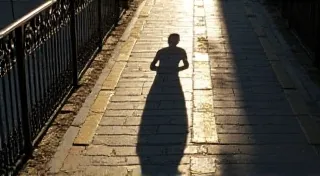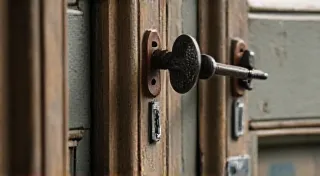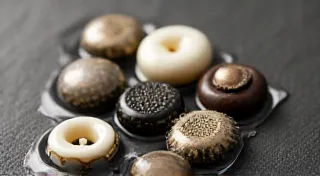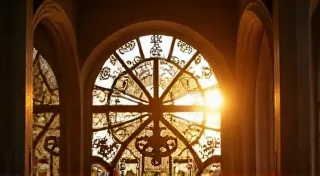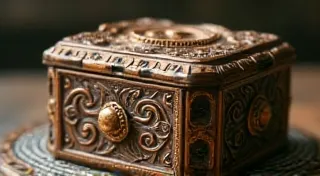The Patternmaker's Secret: Uncovering Lost Drafting Techniques
There's a particular scent that clings to old sewing patterns—a mixture of paper dust, faded ink, and the ghost of countless hours spent in quiet creation. It’s a smell that transports me, not just to a different era, but to the very heart of a forgotten craft. We, as modern sewists, often focus on following instructions, on the finished garment. But behind every meticulously printed pattern sheet lies a secret – the magic of pattern drafting, a skill that was once the foundation of bespoke tailoring and couture.
My fascination with vintage sewing patterns began not with a desire to recreate a specific dress, but with a deep curiosity about the people who *made* those patterns. Who were these patternmakers, these unsung heroes of fashion history? Their names are often lost to time, their methods shrouded in a professional silence that we, as hobbyists, can barely comprehend. They weren't just translating designs onto paper; they were interpreting form, translating it into a language of lines and measurements that could be replicated by others.
Today, we are used to instant gratification, the convenience of pre-printed patterns readily available online and in stores. But the skills required to *create* those patterns – the innate understanding of anatomy, the precision of calculation, the artistry of simplification – these are skills that have, to a large extent, been lost.
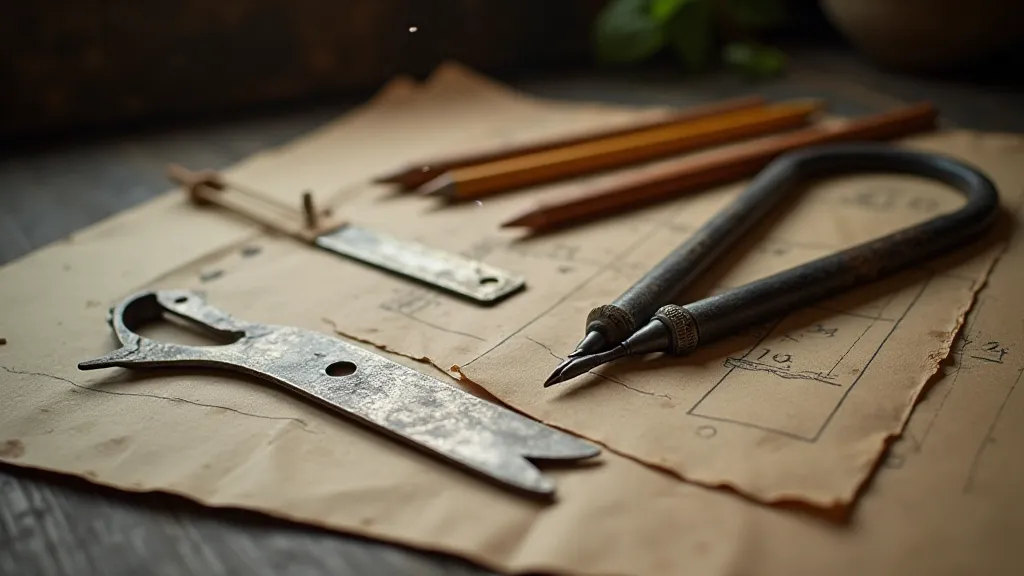
The Accordion Method: A Forgotten Approach
One of the most intriguing, and least understood, methods of pattern drafting that I's encountered is what I'm tentatively calling the "Accordion Method." It’s a term I've coined to describe a technique employed by some late 19th and early 20th-century patternmakers. Documentation is scarce; I've pieced together my understanding from scattered references in old tailoring manuals and the occasional handwritten note found tucked inside antique pattern envelopes. The core concept involves creating a "master accordion" – a precisely folded strip of paper – that acts as a physical representation of a garment’s key measurements and shape.
Imagine: instead of directly plotting points on a flat pattern sheet, the patternmaker would carefully fold a long strip of paper, creating a series of pleats and folds, each corresponding to a specific dimension. By manipulating these folds, the shape of the garment – the bust, waist, hips, armhole – emerges as a three-dimensional form. This physical model was then traced and flattened, ultimately becoming the pattern piece.
The beauty of this method, beyond its sheer elegance, lies in its inherent flexibility. Minor adjustments to the garment's design could be achieved by simply shifting the folds of the accordion. It fostered a deeper intuitive understanding of how fabric drapes and conforms to the body – something that can be difficult to grasp when working solely with flat measurements.
Beyond Flat Drafting: The Importance of Draping
Closely related to the Accordion Method is the practice of draping. While not strictly a drafting technique, draping was often used in conjunction with drafting to refine patterns and ensure a perfect fit. Draping involves manipulating fabric directly on a dress form, sculpting it into the desired shape. The resulting form is then marked and used to create a pattern.
This hands-on approach was crucial for creating the complex, flowing silhouettes of the Edwardian era. The Accordion Method, I suspect, was a way to translate the nuances of draped fabric into a more standardized drafting system, making bespoke designs more readily reproducible.
The shift away from draping and towards more formulaic drafting, accelerated by the rise of mass production, undoubtedly led to a decline in the quality of fit and the artistry of patternmaking. While mass-produced patterns democratized fashion, they also sacrificed a degree of individual expression and craftsmanship.
Rediscovering the Craft: A Modern Maker’s Perspective
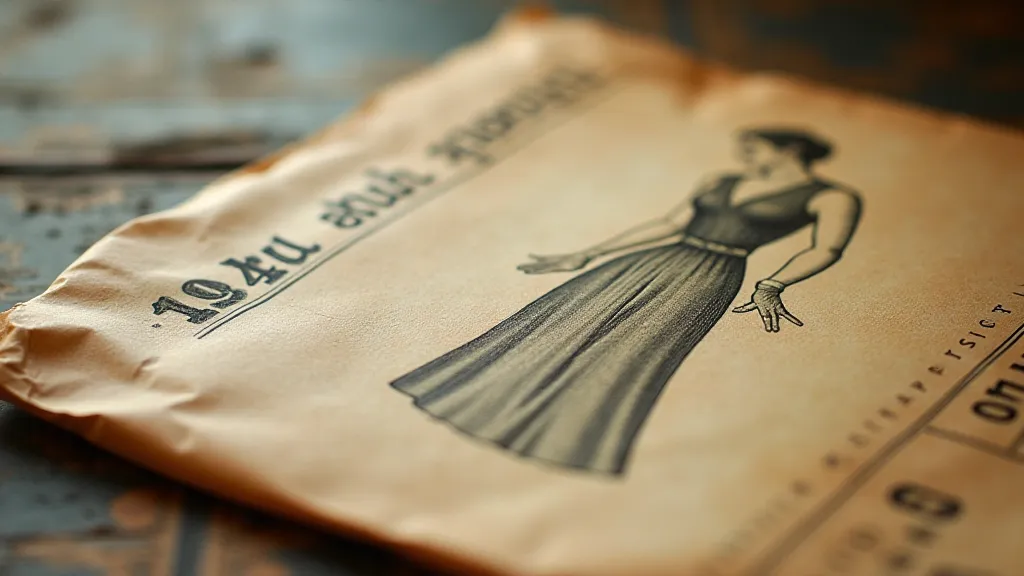
As a modern maker, I find myself drawn to these lost techniques not just out of historical curiosity, but also for the potential they offer. While I may not attempt to recreate the entire process – the time commitment alone is daunting – incorporating elements of the Accordion Method and draping into my own patternmaking has proven invaluable.
The act of physically manipulating paper to understand the relationship between measurements and shape provides a level of insight that simply isn’s possible with traditional drafting methods. It’s a tactile, intuitive approach that fosters creativity and allows for a more personalized design process.
Furthermore, understanding these techniques provides a deeper appreciation for the skill and artistry of the patternmakers who came before us. It allows us to connect with the history of fashion in a more meaningful way, recognizing the human hands and minds that shaped the garments we wear.
Collecting and Restoring: Preserving a Legacy
The study of these techniques also extends to the fascinating world of antique pattern collecting. Many vintage patterns, especially those from the late 19th and early 20th centuries, are fragile and require careful handling. Knowing the drafting methods used can inform restoration efforts – understanding the original construction can guide repairs and prevent further damage.
For example, patterns drafted using the Accordion Method often exhibit a distinct, accordion-like fold in the paper. Identifying these folds can provide clues about the pattern's origin and construction. Similarly, patterns that have been extensively altered or repaired may reveal interesting insights into the wearer's personal style and tailoring preferences.
More than just preserving physical objects, collecting and researching vintage patterns is a way of preserving a cultural heritage – a legacy of skill, creativity, and a profound understanding of the human form. The patternmaker's secret, once a closely guarded professional knowledge, is now becoming accessible again, offering a wealth of inspiration and possibilities for modern makers.
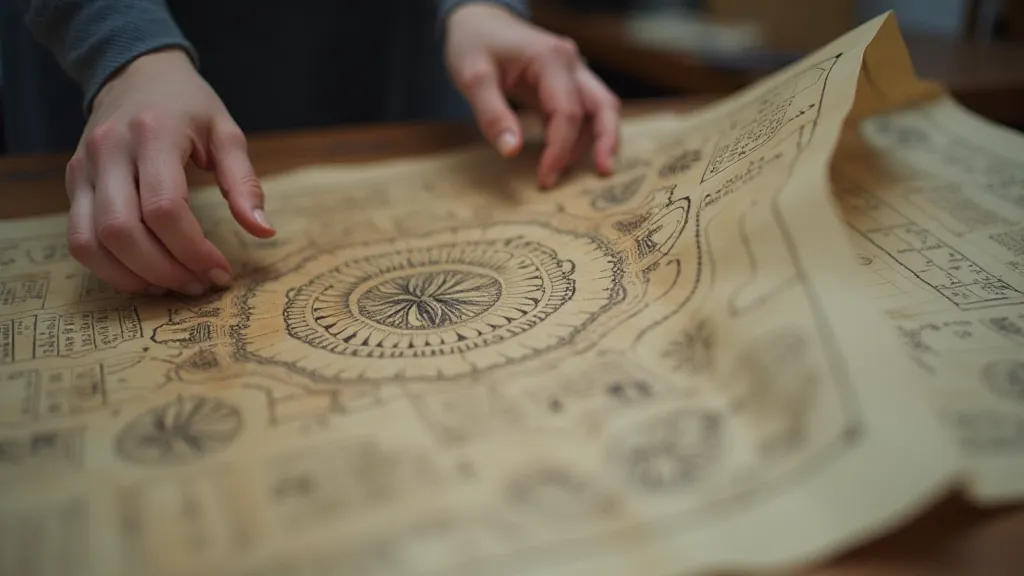
The revival of these techniques isn’t about recreating the past exactly as it was. It’s about drawing inspiration from it, adapting it to our own needs, and adding our own unique voice to the ongoing conversation of fashion.
